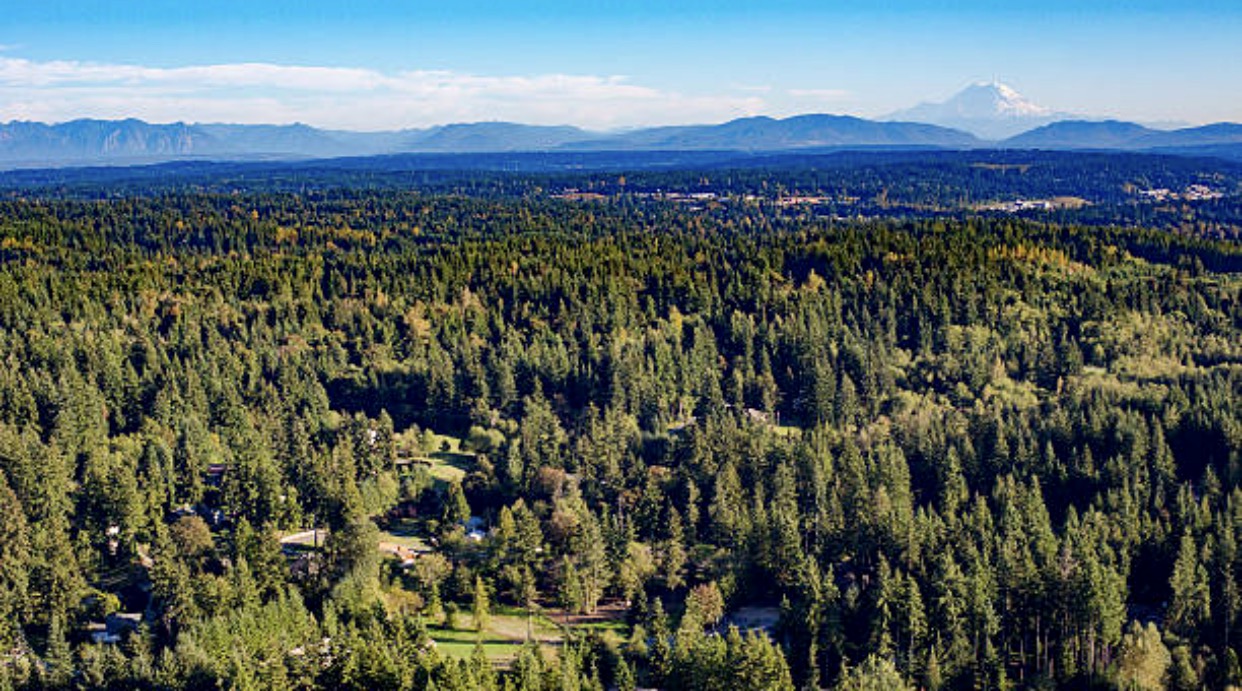June 2022 Update
The City has completed the Mill Creek Boulevard subarea plan:
• Mill Creek Boulevard Subarea Plan: Executive Summary (8 pages)
• Mill Creek Boulevard Subarea Plan (112 pages)
Please note that the subarea plan has not been officially adopted by the City Council, but will be considered during the 2024 Comprehensive Plan update process.

Advisory Committee Recommendations
The Mill Creek City Council appointed diverse stakeholders to form a Project Advisory Committee.
The committee evaluated the economic development opportunities within the Mill Creek Boulevard Subarea. Their recommendations are presented below, additional information forthcoming:
1. Engage stakeholders throughout the planning process.
Continue to engage the Mill Creek community, business interests, property owners, and other stakeholders to gather input on future planning and design projects in the subarea.
2. Allow a mix of uses for redevelopment.
Allow for mixed-use redevelopment by revising the Comprehensive Plan Land Use and Zoning Maps for the west/north side of Mill Creek Boulevard between 164th and the Maple Leaf Square shopping center. Mixed-use would include commercial development with residential and/or office uses above. These revisions would constitute the Mill Creek Subarea Plan (Subarea Plan) and be considered part of the 2024 Comprehensive Plan update required by the Growth Management Act.
3. Allow additional building height.
Prepare Comprehensive Plan and Development Regulation amendments that allow mixed-use buildings of up to six stories in height (base height level) in the area identified to allow mixed-use. In addition, include an opportunity for an additional story (up to seven stories total), only permitted with the provision of additional public amenities.
4. Provide illustrative development design standards.
Development Regulations should be developed to include illustrative development standards and design guidelines that will support and guide the character of redevelopment to ensure it is consistent with the visioning illustrations presented.
5. Require public spaces and amenities with redevelopment.
Include policies and actions in the Subarea Plan that will require enhanced public spaces and inspire place-making through public and private investment. These investments should ensure that the subarea functions as part of the civic core of Mill Creek. For example, enhancing the North Creek Trail corridor as part of this recommendation will improve its value as a community asset for the entire Mill Creek community.
6. Require that the streetscape in the subarea be designed to support the safe movement of pedestrians, bicyclists, and automobiles.
Ensure that the proposed Subarea Plan recognizes the importance of creating a more walkable, pedestrian-oriented, and bicycle-friendly place similar to the Mill Creek Town Center. In addition, the redevelopment of properties and public improvements in the subarea should provide more efficient and safer pedestrian and bicycle connections to the two Bus Rapid Transit stations and the North Creek Trail corridor.
7. Change the functions of Mill Creek Boulevard to serve the properties in the corridor; not to be a cut-through to SR 527.
Change the function of Mill Creek Boulevard to serve the adjacent land primarily used in the corridor rather than as a cut-through between 164th Street SE and SR 527. Strategies to accomplish this include expanding on-street parking along the corridor and adopting revisions to the existing policies and strategies in the Transportation Element of the City’s Comprehensive Plan.
8. Seek public improvement partnerships to make strategic streetscape improvements while preparing to implement the plan sooner, rather than later.
Consider near-term investments needed to upgrade Mill Creek Boulevard. Seek opportunities to invest in public improvements to Mill Creek Boulevard (through City investment, grant funding, and or private partnerships). Require that future improvements to Mill Creek Boulevard in the Subarea Plan include facilities for pedestrians, bicyclists, and on street parking as appropriate to serve the properties being redeveloped. A flexible streetscape design approach that can be adjusted to align with actual redevelopment projects is required.
9. Consider a regional strategy for stormwater management.
The City should explore the feasibility of a subregional approach to stormwater management for the subarea. A regional approach to stormwater management can incentivize redevelopment and improve the quality of the water discharged into North Creek. Part of this task would be to pursue grant funding that may be available from the Washington Department of Ecology (DOE) to explore the feasibility of and, if appropriate, develop a subregional stormwater plan.
10. Evaluate the land uses desired in the corridor.
Review the list of land uses currently allowed in all zones of the subarea and recommend changes to ensure that desired uses are permitted, and undesired uses are not. (Existing uses would continue as non-conforming uses). EVALUATE THE LAND USES DESIRED IN THE CORRIDOR